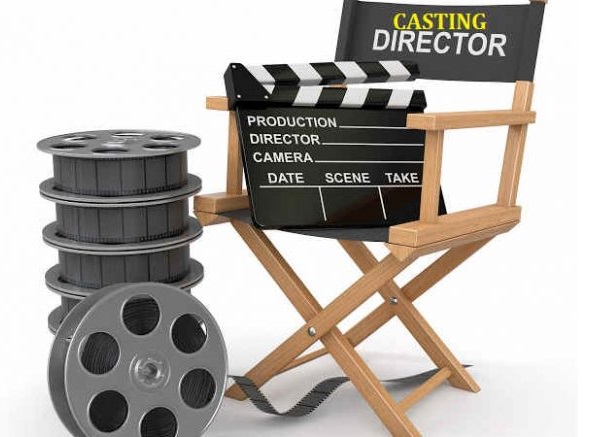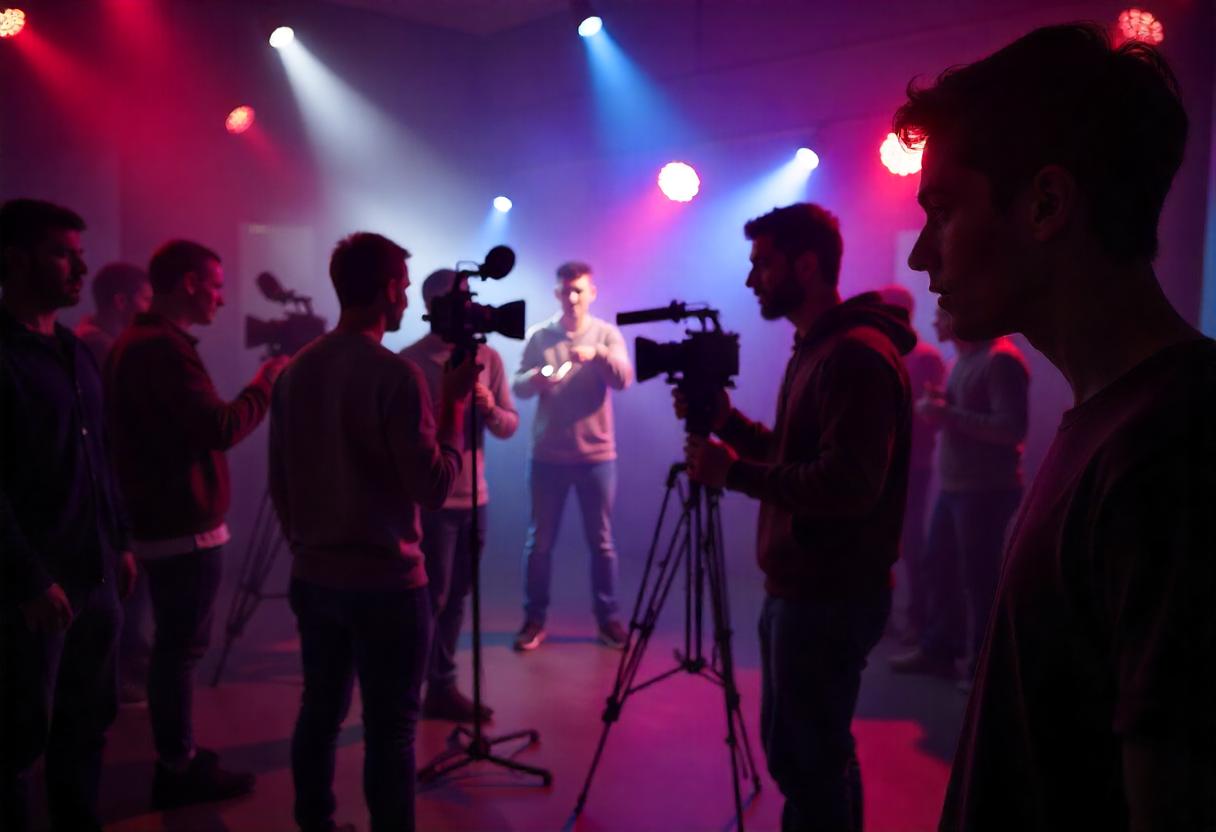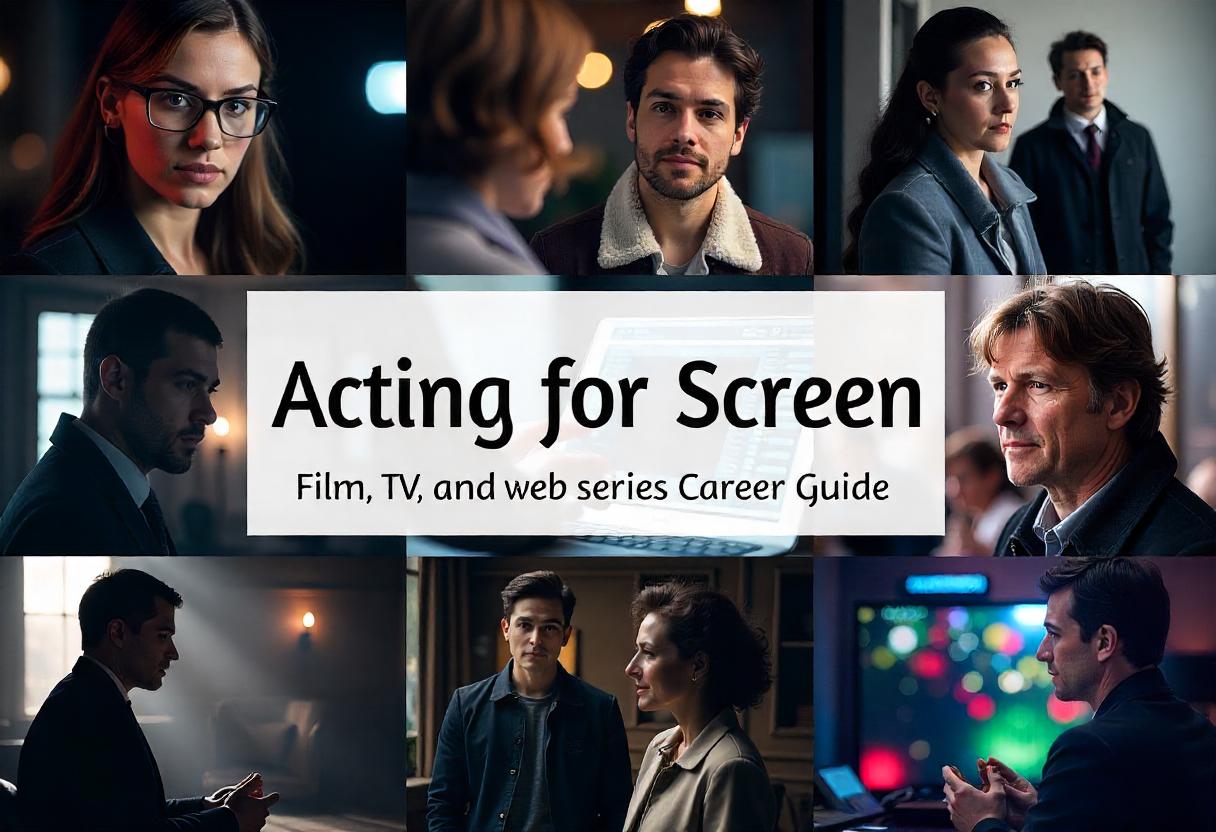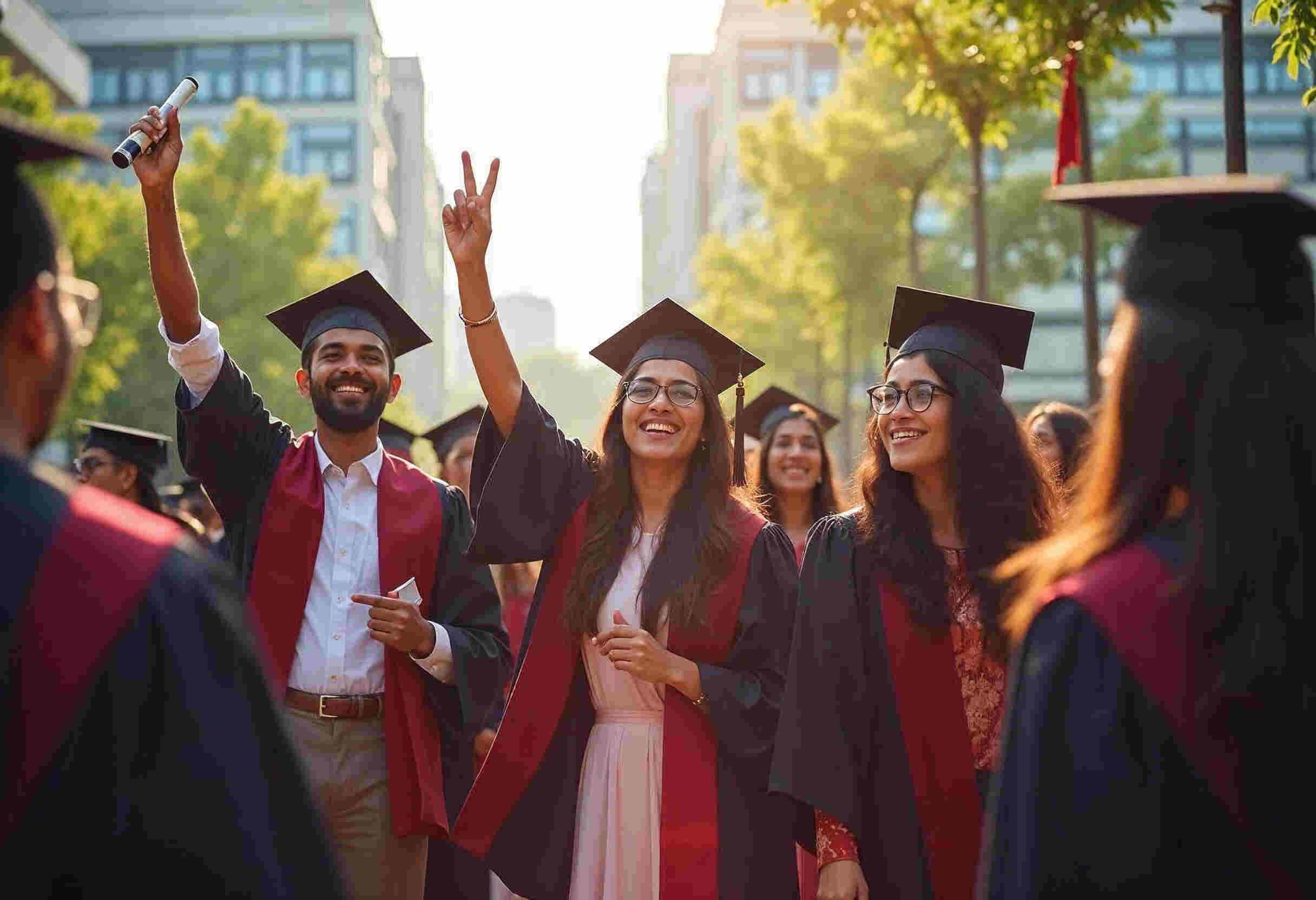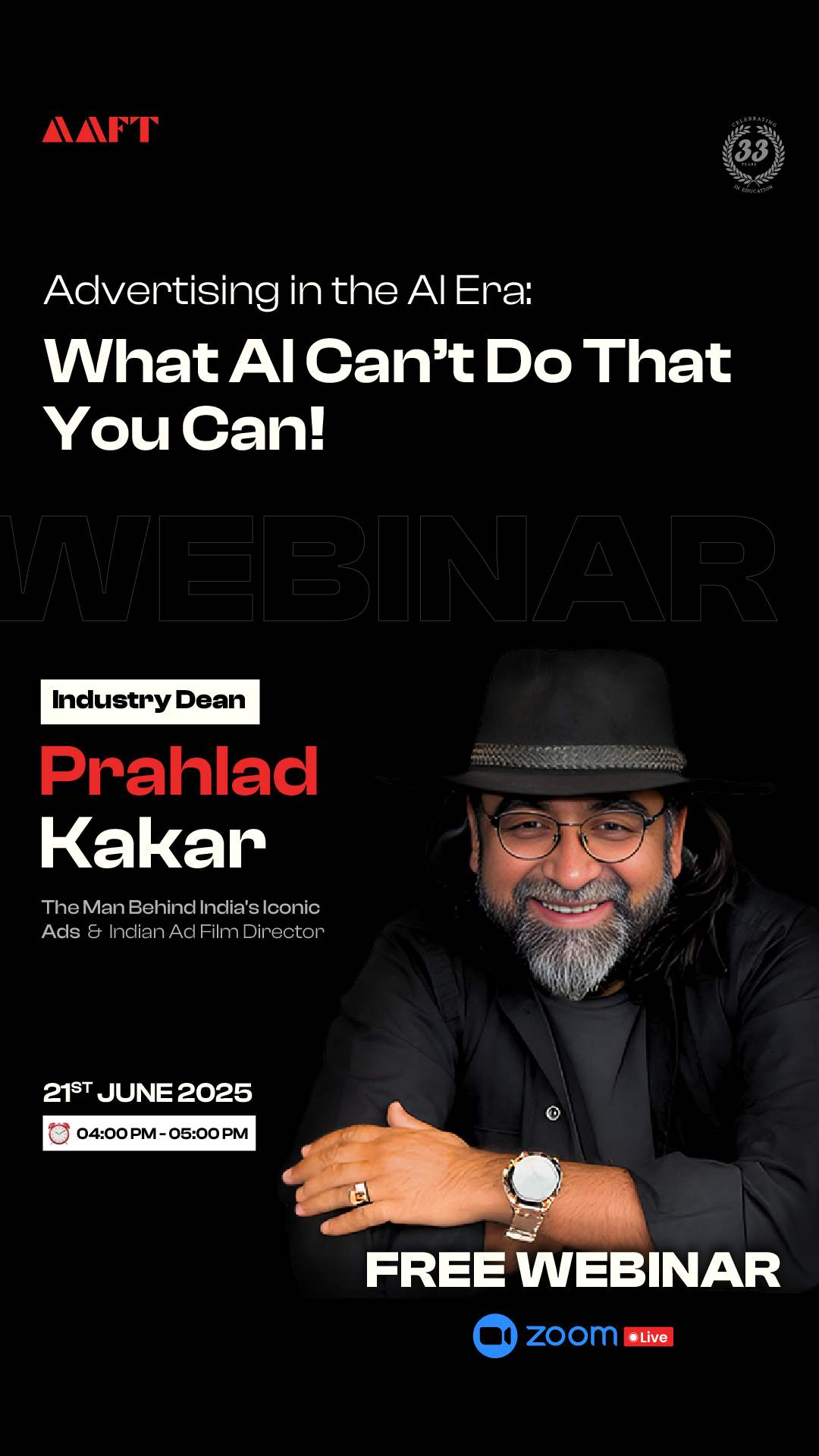Cinematography vs. Videography: The Ultimate Battle for Visual Storytelling
Within the domain of visual narrative, two prominent factors take a central role: Cinematography and Videography. Although both are essential for capturing dynamic visuals, they possess unique skill sets, methodologies, and artistic viewpoints. This analysis delves into the intricacies of cinematography and videography, elucidating their distinct roles in visual storytelling.
What is Cinematography?
Cinematography is commonly recognized as the artistic and technological method of capturing moving images for films. It goes beyond simple recording and involves creating visual stories through the careful application of camera angles, lighting, composition, and movement. Cinematographers, or directors of photography (DP), are the individuals responsible for designing the visual narrative in the film industry.
What is Videography?
Videographers are responsible for capturing footage of their surroundings without having much influence over the location, art direction, or overall ambiance of a scene. For instance, videographers capture footage of events such as interviews, sports, conferences, and weddings, while cinematographers film movies, television shows, and high-budget commercials.
Difference between Videography and Cinematography
Storytelling Technique
Cinematography is all about conveying tales with precisely produced shots that use lighting frames and camera motion to elicit emotions and interest among viewers.
Do you want free career counseling?
Ignite Your Ambitions- Seize the Opportunity for a Free Career Counseling Session.
- 30+ Years in Education
- 250+ Faculties
- 30K+ Alumni Network
- 10th in World Ranking
- 1000+ Celebrity
- 120+ Countries Students Enrolled
Take, for example, the legendary scene in Shawshank Redemption where Andy breaks free and stands in the pouring rain; the cinematography conveyed his liberty and optimism in the raindrops tumbling down, immersing us in his Triumph.
Videography is frequently done in a documentary or journalistic approach. It seeks to record events as they happen, concentrating on the actuality of the moment rather than a carefully crafted story. It focuses on chronicling events as they happen.
Consider your favorite vlogger filming their everyday escapades, or wedding videographers preserving these important moments for a lifetime. These videos strive to capture the essence of reality, allowing viewers to experience the events firsthand right now.
Book Now →
Difference of Equipment
Cinematographers frequently employ cinema cameras made exclusively for filming. These cameras offer high-resolution imagery, huge sensors, and advanced functions designed for filmmaking. More advanced equipment for cinema camera lenses and professional lighting setups.
Consider the epic battle sequences in The Lord of the Rings. The complicated camera motions and huge sweeping shots required specialist equipment and a specialized crew of experts to run this equipment themselves to bring these scenes to reality.
With developments in technology, people can create engaging movies with a high-quality smartphone or even a consumer-grade camera; it’s all about making the best use of what you have. Videographers frequently employ DSLR (Digital Single-Lens Reflex) or mirrorless cameras, which provide high-quality video recording as well as the versatility of still photography. These cameras are versatile and can be used for a variety of videography applications.
Do you want free career counseling?
Ignite Your Ambitions- Seize the Opportunity for a Free Career Counseling Session.Post- Production Process
Post-production cinematography entails considerable post-production work to improve the film’s visual aesthetics.
Remember The Matrix, when the filmmakers employed some extremely innovative techniques like bullet time and color grading to create that classic stylish appearance that still captivates audiences.
In contrast, videography often includes less post-production and focuses on giving raw and filtered experiences. Vloggers and documentary filmmakers frequently strive for a more real vibe, allowing Capture Moments to speak for themselves. Let’s say the goal is to capture the truth of the situation without significant editing.
Time Constrain
Time limitations in Filmmaking provide for greater time and planning to capture each shot. A cinematic masterpiece usually requires extensive planning, several takes, and careful consideration of the visual components of every scene.
Consider the works of directors such as Stanley Kuberg, who is famed for his fastidious attention to detail. His film 2001 Space Odyssey took years to complete because every single frame was deliberately crafted to immerse us in a visually gorgeous and profound walking experience.
Videography, on the other hand, necessitates rapid thinking and adaptation because photographing events in real time often necessitates being on your toes and catching moments as they happen wedding videographer. Particularly in fast-paced settings like event coverage, news reporting, or the creation of internet content, videography frequently works under stricter time limitations.
During live events, videographers might not have many chances to take another shot, therefore it’s imperative to get the important shots the first time.
For example, they must be aware of and prepared to catch parts of the vows exchanged at the wedding, as well as the tears and latches, without skipping a beat.
Artistic Freedom
Videographers have to be flexible in their approach, frequently striking a balance between productivity and preserving a visually pleasing final product. Rather than crafting a complex artistic narrative, the emphasis might be on encapsulating the spirit of the occasion.
Though by experimenting with various storytelling approaches, angles, and editing techniques, one can create engaging stories and videos that effectively connect with their target audience
In numerous filming scenarios—particularly in run-and-gun situations—the filmmaker would have to act individually and make snap decisions. This calls for striking a balance between practical factors and creative intuition.
The privilege of showcasing artistic vision and visual storytelling is afforded to cinematographers. The emphasis is on creating visually arresting scenes, making use of complex lighting arrangements, and using imaginative camera motions to strengthen the story.
To exercise artistic freedom in cinematography, directors, production designers, and other creative professionals are frequently involved in the decision-making process. This cooperative approach enhances the depth and complexity of the movie experience.
Use the movie Birdman as an illustration. The cinematographer, Lebowski, skillfully produced the appearance of a single uninterrupted image that dissolved the distinction between fact and fiction.
Which one is Right for You?
The decision between cinematography and videography is based on your individual preferences, project requirements, and goals. Cinematography can be the right career choice for you if you are drawn to the subtleties of visual narrative, have plenty of free time, and enjoy working with others on creative projects.
Cinematographers take great pleasure in the creative process, painstakingly creating each frame and working closely with a team to realize a director’s vision.
However, videography can be your vocation if you enjoy working in fast-paced settings, respect flexibility, and look for efficiency when documenting events in real-time. Videographers are frequently lone practitioners who act quickly to capture the essence of the moment in an uncomplicated way.
Conclusion
After comparing and contrasting cinematography and videography to the fullest extent possible, it is evident that each field has advantages and disadvantages. While videography shines at quickly capturing the moment of events, cinematography offers the luxury of time for careful planning and collaborative artistic expression.
On the other hand, these two universes can coexist peacefully thanks to the rapidly changing technology landscape. In the end, the best option for you will depend on the specifics of your project, your artistic goals, and how well you want to balance the complexities of storytelling with the effectiveness of real-time capture.
The world of visual storytelling is becoming richer and more varied as a result of storytellers’ ability to move fluidly between the artistic sensibility of cinematography and the pragmatics of videography as technology develops.Get a chance to experience and learn both with AAFT’s short term- Certificate and Diploma or long term Bachelors and Masters degree.

AAFT has been providing the world with limitless creativity and expression since 1993! Through a dynamic and industry-driven curriculum, AAFT provides engaging and captivating articles to persuasive blogs and empowers its readers to explore diverse avenues of creative media education-related content.




